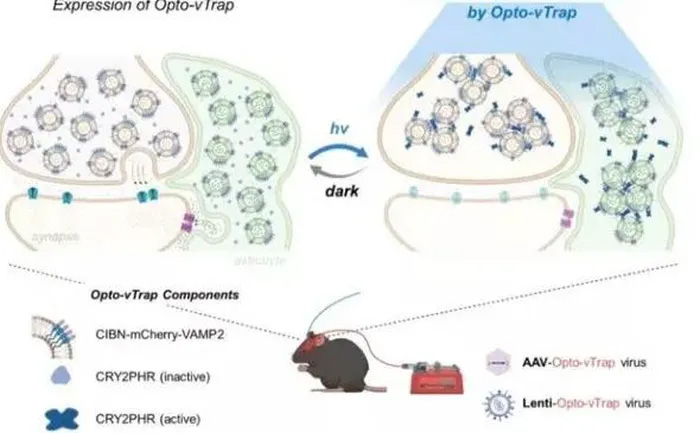A group of South Korean researchers has experimented with the ability to control specific brain regions using beams of light, a technology that promises to treat conditions such as epilepsy and muscle spasms.

This method is called Opto-vTrap.
Scientists have conducted experiments to control the actions and emotions of mice using a method described as employing a special type of blue light, aimed at understanding the communication between neurons in the brain.
This type of light temporarily halts communication between specific brain cells, allowing control over behaviors and emotions depending on the targeted brain region. They have tested this method to erase a mouse’s memory of fear.
This method is called Opto-vTrap, developed by Director C. Justin Lee from the Center for Cognition and Society at the Basic Science Institute and Professor Heo Won Do from the Korea Advanced Institute of Science and Technology. Scientists are using it to explore how the brain works. Lee stated that it could be used to treat epilepsy, muscle spasms, and skin tissue dilation.
Currently, both science and medicine have proposed various methods to control brain activity, but these may not affect certain types of cells. Another issue is that alternative methods could cause neurons to behave abnormally or lead to long-lasting, even permanent damage. However, the effects of Opto-vTrap will dissipate after about 15 minutes.


















































